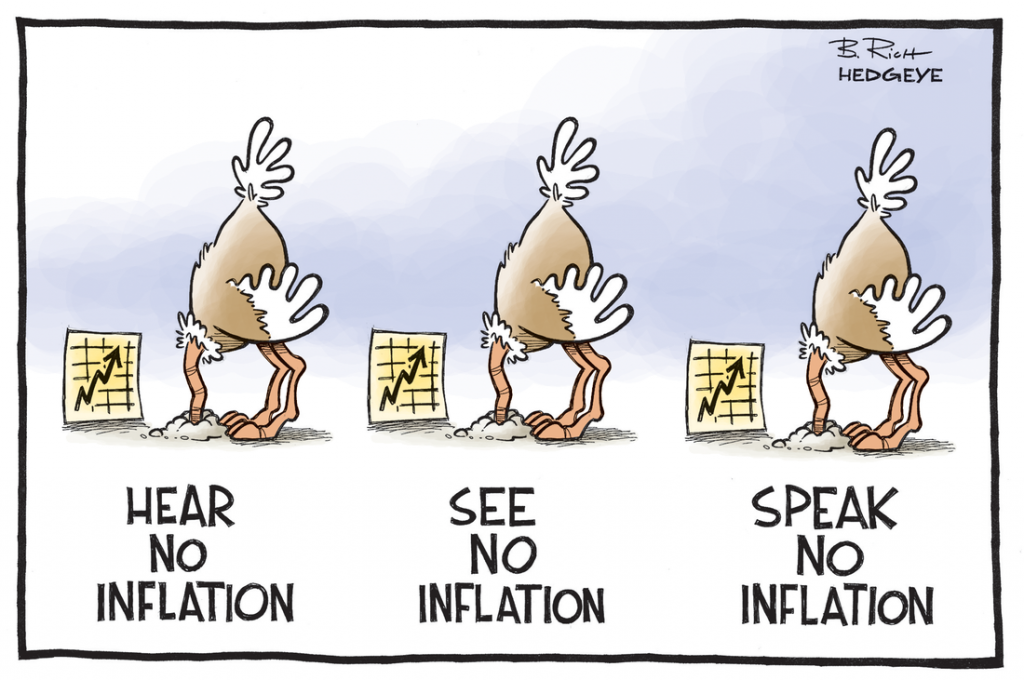Yarkin Cebeci
After two consecutive down side surprises over April and May, inflation surprised significantly to the upside in June, confirming our view that the weakness in price pressures was temporary. The 1.94%m/m increase in consumer prices compared with the market consensus of 1.37% and the JPMorgan forecast of 1.54% in June. Due to a weaker base, annual headline inflation rose sharply to a two-year high 17.5% in June from 16.6% in May. Annual core inflation also rose to 17.5% from 17.0%. Although higher import prices (reflecting a weaker lira and higher global commodity prices) and the easing of the Covid-19 related restrictions seem to have a significant impact, price pressures were quite broad-based in June. Furthermore, annual PPI inflation continued increasing and reached 42.9% in May (reflecting the strength of ongoing cost-led price pressures) while the recent increases in natural gas and electricity prices will have significant direct and indirect effects on inflation. As a result, despite higher interest rates, slower loan growth and the moderated domestic demand, we have revised up our end-2021 inflation forecast to 14.7% from 13.4%. Given the likely worsening in pricing behavior, we have also revised up our end-2022 forecast to 11.5% from 10.5%.
Although we see inflation slowing to 14.7% at the end of this year, the expected decline will happen only in the last two months of the year and annual inflation will likely remain sticky around 18% until then (Figure 1). June data already confirmed the strength of the price pressures. On top of this, the government recently increased the electricity prices by 15% and natural gas fees by 12%. The direct impact of these administrative price hikes on headline inflation will be around 0.7pp in July. There will also be indirect effects through the cost and expectations channels. As a result, we expect annual inflation to go north of 18% in July. The end-year forecast of 14.7% depends strictly on the assumptions that there is no disorderly lira weakening, fiscal policy remains tight, premature monetary easing is avoided and global commodity prices stabilize.
Although higher interest rates and lower loan growth have started weakening domestic demand, the fundamental factors that have been pushing inflation are still largely in place. The lira continues to depreciate and this, along with elevated global commodity prices, is leading to sharp increases in import prices. Furthermore, pandemic-related restrictions have been causing supply constraints and aggravating the cost-led price pressures. This is vividly seen in the PPI data. Annual PPI inflation reached 43%. Importantly, the difference between PPI and CPI inflation is at its highest point in recent history (Figure 2). This suggests that either PPI peaks off, which could be achieved if supply constraints are resolved and the lira starts appreciating, or cost-led pressures keep CPI elevated. This is the key reason why we see CPI stubbornly high, and further lira weakness and/or higher global commodity prices pose upside risks to the inflation forecast.
Despite the down side surprises in the inflation data in the previous two months, inflation expectations continued worsening. The market consensus on 12-month ahead inflation was already up 1.6pp over the last three months and stood at 12.1% before the June inflation print. We fear that this worsening gets more traction after the big upside surprise in June. This credibility gap could easily mitigate the disinflationary impact of high interest rates and slow loan growth and result in a fundamental and long-standing impact on pricing behavior.
We now expect the CBRT to be even more cautious; we pushed forward and reduced the magnitude of our rate cut calls. In this environment, it is extremely important that the CBRT restores some credibility and refrains from delivering any premature easing. The CBRT has been increasingly vocal on the need for tight policies and the strong economic activity data along with the progress in the fight against the pandemic could reduce the need for and the risk of premature easing, in our view. Such premature easing could easily hurt the ailing policy credibility, put pressure on the lira and hurt the disinflation process and could even be counter-productive for short-term growth prospects. Governor Kavcioglu has consistently been saying that the current policy would be sustained until there is significant fall in inflation. According to CBRT forecasts, this decline will take place in late 3Q / early 4Q. Following the June data, we have delayed our first rate cut call to October from September. We now see three 50bp cuts instead of three 100bp cuts this year. We see the policy rate at 14.5% (up from the previous forecast of 12%) at the end of 2022, but as always, a series of factors – macroeconomic and political in nature – create significant uncertainties.
Source: EM, Economic and Policy Research
